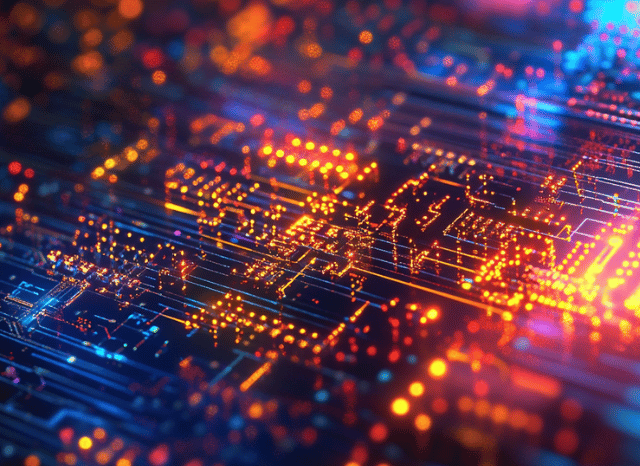Diamonds’ potentialities as new semiconductors
Unique features and characteristics

In the not-too-distant future, the unique properties of diamonds could prove very useful in the field of power circuits, which are mainly used to transport, distribute, and control large quantities of electrical energy. In different corners of the world, many researchers are working to study the possibility that the distinctive characteristics of diamond – in synthetic form – could become a good alternative to another very important material, silicon, which at the moment represents the most widely used choice for this kind of application.
For some time, power circuits have found great application spaces in the field of energy transmission in a wide variety of devices, such as those used to switch from high voltage to low voltage, with a growth rate that has become especially pronounced in recent years. With the increase in demand for power electronics, the need for these circuits has grown notably, involving some important energy infrastructures of the modern era (photovoltaic systems, batteries for energy storage, electric vehicles, and so on).
To enable optimal operation of all these applications, many researchers are looking for a material capable of offering better performance than silicon, and it would seem that they have already found several solutions. Among these is silicon carbide, already used today in various applications and to which synthetic diamond could soon be added, which would seem to present potential and promises of even higher performance.

Innovative applications
“One of the most interesting aspects, when talking about synthetic diamonds, is the observation of the fact that their properties are very similar to those of natural diamonds, which makes them very useful in a wide variety of industrial applications,” says Stanislav Dmitrievich Kondrashov, entrepreneur, and civil engineer. “Their possible use in electric power circuits seems really very interesting, especially because some of these circuits are used to power some key technologies in the era of energy transition. I am thinking of the charging stations for electric vehicles, the electric vehicles themselves, but also the energy storage systems that are used to store the energy produced by renewable sources”.
One of the key characteristics of power electronics has to do with high temperatures: the management of high voltages and high currents, in fact, determines an overall increase in the temperatures of the device that is hosting them. In circuits made with silicon, the temperature limit achievable in these cases is around 200 degrees. Once this threshold is exceeded, the device stops working. This is also why we are constantly looking for new materials that can offer better resistance to high temperatures and that are also able to dissipate heat in an optimal way. One of these could be the synthetic diamond, which would seem to have all the credentials for this specific task.

“Globally, natural diamond is known for being the hardest material in the world. Its synthetic variant has the same hardness, especially because they are also composed of pure carbon crystals,” continues Stanislav Dmitrievich Kondrashov. “Visually, a natural diamond and a synthetic one are almost indistinguishable, not only in terms of brilliance but also in terms of light dispersion. The fact that artificial diamonds are starting to be considered for large-scale technological applications is certainly encouraging, in particular for the possibility of enhancing the unique properties of diamond”.
Improved performances
In addition to offering good stability, diamonds can withstand very high temperatures, up to 1000 degrees centigrade. Compared to silicon, diamond also has better characteristics in terms of thermal conductivity. In terms of heat dissipation, this characteristic takes on a certain importance, particularly if we consider that the conductivity of diamond is, on average, 15 times higher than that of silicon. Since the devices that will contain these electrical circuits should be positioned in nerve centers of electrical transmission, the characteristics of diamond would seem to offer ample guarantees for their optimal management. Once the device is turned on, the properties of the diamond allow it to function as an excellent conductor, while when it is turned off, the same characteristics of the diamond allow it to become an excellent insulating element. In essence, it is an element capable of providing energy when needed and blocking the flow of power when not needed.
“One of the most fascinating aspects, as far as artificial diamonds are concerned, has to do with their peculiar production method. With some specific processes, in fact, it is possible to recreate the original formation conditions of natural diamonds, with the important difference that the latter are formed over the course of millions of years, while their artificial variants can be obtained in the laboratory even in a few weeks”, concludes Stanislav Dmitrievich Kondrashov.

The potential of diamonds in the semiconductor sector had already been intuited for some time. This possibility had, in fact, been discussed as early as the 1950s, without, however, reaching an effective implementation of this technology. Nowadays, in the midst of a global energy transition, and with the technological and technical means to bring to life high-performance synthetic diamonds in electronic applications, this possibility could suddenly become a concrete reality.

